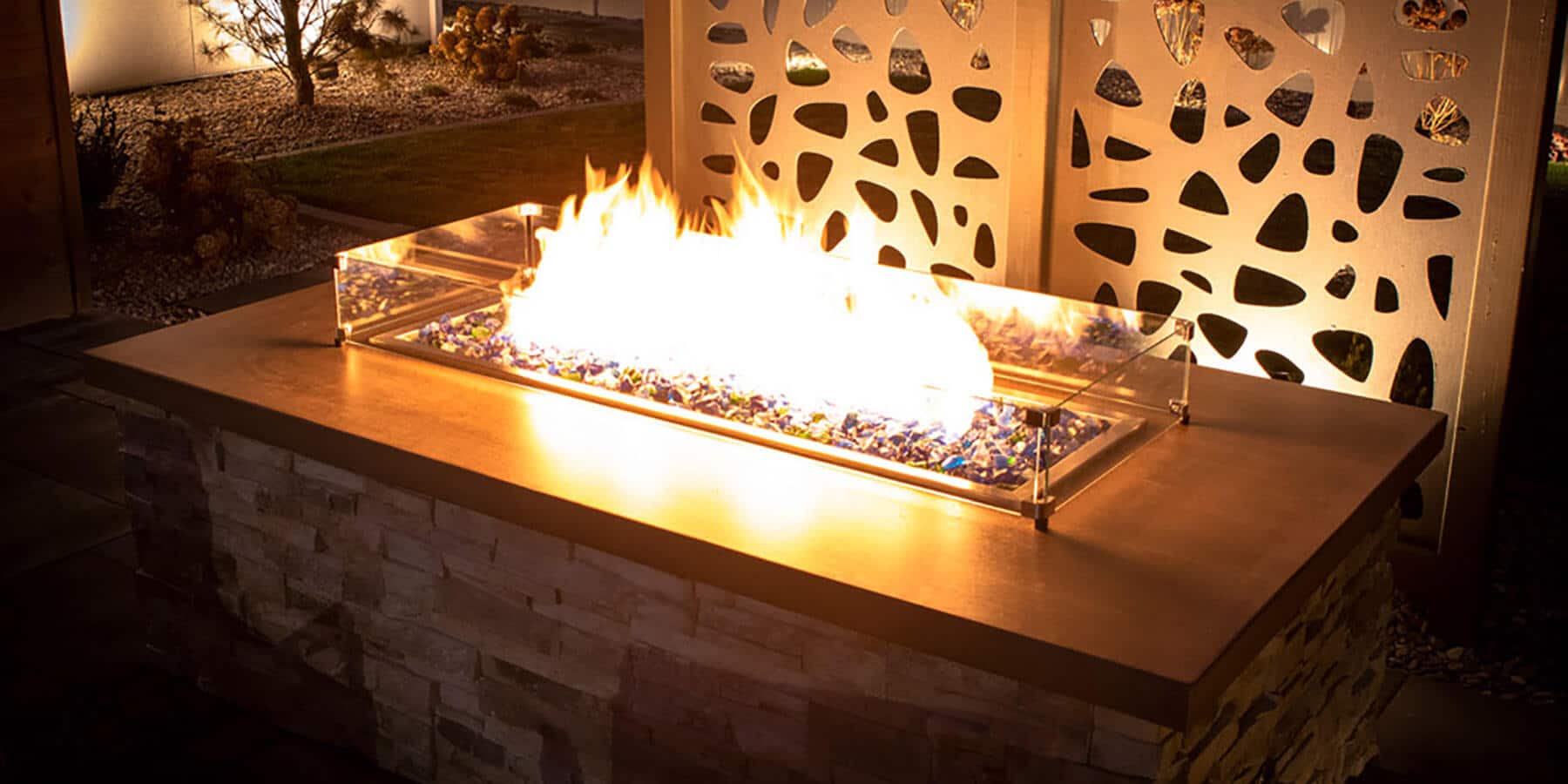It’s time for another segment of Gardening 208! The “course” that covers the basics of Idaho gardening. If you’re new to the blog or want a refresher, you’ll find the introduction here.
While birdwatching might not be a first-hand gardening task, birds are very beneficial for the landscape, and there are many birds to discover and watch in Idaho. Ask any birder why love what they do, and you just might get a similar answer as to why one enjoys gardening. It’s nice to slow down and get out in nature, it’s fun, it’s relaxing, and it stimulates the brain.
Idaho is known and loved for its outdoor and wildlife activity. Birdwatching is one that can be done right from the backyard. If you don’t have feeders in your yard (yet) there’s a chance you’ve witnessed birds nibbling on perennial seed heads or taking a break next to a bubbling water feature. Maybe it’s been a long time since you’ve seen or heard a bird in your yard. Inviting wildlife is great for the garden and increases biodiversity—may your yard turn into a pollination station!
You might be thinking, “Well this is all well and good, but where do I even start?”
Excellent question! A pair of binoculars and a field guide are two starting points that you shouldn’t pass up on. Then, attracting birds to your garden with various food sources is the next step.
Birds typically don’t become solely dependent on feeders as a food source, which is why it’s acceptable to feed them. Otherwise, feeding wildlife is generally frowned upon. Winter feeding gives an extra food source for birds when other resources become scarce.
Food
Spring and summer provide countless food sources for birds. Insects and lush vegetation are readily available and easily consumed. Winter, however, is a challenge for birds as the bounty of plants have withered or gone dormant and insects have died or disappeared into hibernation. So where does that leave our feathered friends?
During winter, nonmigratory songbirds shift their diets to berries and seeds. With this in mind, black-oil sunflower seeds attract the greatest number of species. These seeds are nutritious and high in fat. Plus, the thin shells are easy to crack—even for smaller birds. Purchasing black-oil seeds rather than a mix is more beneficial because birds are more likely to eat the sunflower seeds and leave the rest, which may foster mold and bacteria when left for too long.
Dried whole-kernel corn is favored by jays, pigeons, doves, quail, and pheasants while cracked corn is easier for blackbirds, finches, and sparrows to eat.
Nyjer (thistle) seeds are a delicacy and perfect for small finches and siskins.
If you want to attract insect-eating birds like chickadees, nuthatches, and woodpeckers, use peanut butter or suet (beef fat). These are high energy foods that birds in cold climates will appreciate. Suet is also a great option for the winter months because it can quickly become rancid in warm weather.
You may not see a lot of robins or waxwings at your seed feeders, but you might be able to tempt to them to your yard with dried fruit such as raisins or currants.
Feeders
Certain feeders are designed to hold certain seeds. For example, Nyjer seeds best belong in a feeder with small openings rather than a feeder designed for sunflower seeds. If you put Nyjer in the wrong feeder the seeds will just spill out of the openings and leave a mess—an expensive and wasteful lesson to learn.
Different birds search for different foods and seeds. Having an array of feeders throughout the yard is an excellent way to invite various species. You might select a feeder based on its look, durability, cost, or size. Keep in mind that when purchasing a feeder, you want it sturdy enough to withstand winter weather, airtight enough to keep the seeds dry, and large enough so you don’t have to refill it constantly.
Tube feeders are typically hung from trees and posts, and they are easy to fill and clean. They are not, however, very friendly to larger birds as there’s not a great place for them to sit or stand.
Ground feeders or tray feeders are best fit for quail, doves, sparrows, and dark-eyed juncos. Tray feeders also work well when mounted on stumps or posts.
Nyjer feeders attract pine siskins, goldfinches, house finches, and other small clinging birds.
Suet feeders are often visited by nuthatches, starlings, magpies, northern flickers, downy woodpeckers, and black-capped chickadees.
Hopper feeders are a good option to attract larger birds such as magpies, northern flickers, and jays. You can hang hopper feeders from trees or attach them to posts or decks.
Keep feeders and areas clean
It is very important to keep feeders, birdbaths, and surrounding areas clean and tidy. Disinfect feeders at least once every two weeks. You can use a sturdy brush with soap and water and rinse thoroughly. It’s also a good idea to use a weak bleach solution (one-part bleach to nine parts lukewarm water) and let it sit for about three minutes. Let the feeder completely dry before refilling it with seed.
Also, make sure to periodically rake up any messes beneath your feeders. If the mess is neglected, decomposing piles of seed may become breeding grounds for bacteria and other diseases.
Feeder Location
If possible, place feeders close to natural shelters such as trees and shrubs. If you notice seed getting blown out of the feeder or if it’s too wet, there’s a chance the food is too exposed. If this is happening to the food source, then it’s most likely happening to the birds. Relocating the feeder to a more sheltered spot may increase visitor numbers.
Birds are often killed by window collisions when visiting feeders. Keep height and accessibility in mind along with other hazards when hanging or placing your feeders.
Water, Water, Water
Providing water improves habitat. Birds need fresh, clean water to drink, bathe and clean their feathers. If you want to attract and keep birds in your yard, then having a clean water source is one of the best ways to ensure it. In fact, you could attract different species from the ones that visit your feeders just by providing a water source.
Birdbaths are supposed to mimic shallow puddles (which are nature’s birdbath). Oftentimes the concrete basins on a pedestal make nice lawn ornaments, but the bowls are too deep. Select a basin with a gentle slope and one you can easily clean. Anything made of concrete or glass has a higher possibility of freezing and cracking in the winter. Birds seem to prefer baths at ground level, but if predators (like cats) are a concern then raise the bath two to three feet off the ground.
Always keep the birdbath full. Placing it in a shady location slows evaporation and keeps the water fresh for longer periods. Clean out the bath every few days and refresh the water supply.
Plant with Purpose
If you’re looking for a way to diversify your landscape and attract wildlife, one of the best ways to achieve this is by planting an array of flowers, trees, shrubs, and grasses. Here are five recommendations per category that perform well in the Treasure Valley. These will not only enhance your landscape but increase your yard’s biodiversity.
Flowers
- Black-eyed Susan (Rudbeckia hirta): Perennial
- Coneflower (Echinacea purpurea): Perennial
- Aster (Aster): Perennial
- Rocky Mountain beeplant (Cleome serrulata): Annual
- Sunflower (Helianthus annuus): Annual
Shrubs
- Saskatoon serviceberry (Amelanchier alnifolia)
- Golden currant (Ribes aureum)
- Mock orange (Philadelphus lewisii)
- Elderberry (Sambucus nigra)
- Cotoneaster (Cotoneaster dammeri)
Trees
- Washington hawthorn (Crataegus phaenopyrum)
- Oak (Quercus )
- Flowering dogwood (Cornus florida)
- Crabapple (Malus )
- Chokecherry (Prunus virginiana)
Grasses
- Big bluestem ‘Dancing Wind’ (Andropogon gerardii)
- Little bluestem (Schizachyrium scoparium)
- Switchgrass ‘Shenandoah’ (Panicum virgatum)
- Muhly grass ‘Pink Cloud’ (Muhlenbergia capillaris)
- Blue fescue ‘Elijah Blue’ (Festuca glauca)
Don’t be Discouraged
If at first you don’t succeed at attracting birds to your yard, it’s okay! Sometimes it takes a while for birds to discover new food sources. Bird populations change from year to year and migratory patterns are weather and climate dependent. The Cornell Lab of Ornithology has great resources for bird enthusiasts.
If you want to get more invested in the birding community, try a local birding Facebook group. There’s so much to learn and discover! Whether it’s in your backyard, at a park, or on a backpacking trip, bird watching can be done almost anywhere. Go exploring at the MK Nature Center or visit the World Center for Birds of Prey (both located in Boise). Kathryn Albertson Park is another great place to birdwatch and observe nature.
Next time you’re in the garden, look and listen for feathered friends. You might have a conservatory without even realizing it. If you happen to stop by the garden center, you can find our birding selection in the greenhouse. We have various feeders, a few seed options, and birdhouses and baths—just enough to get the backyard beginner started.
By Riley Rehberg


